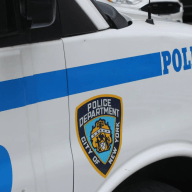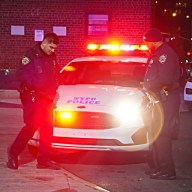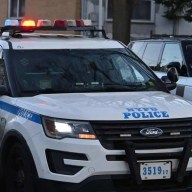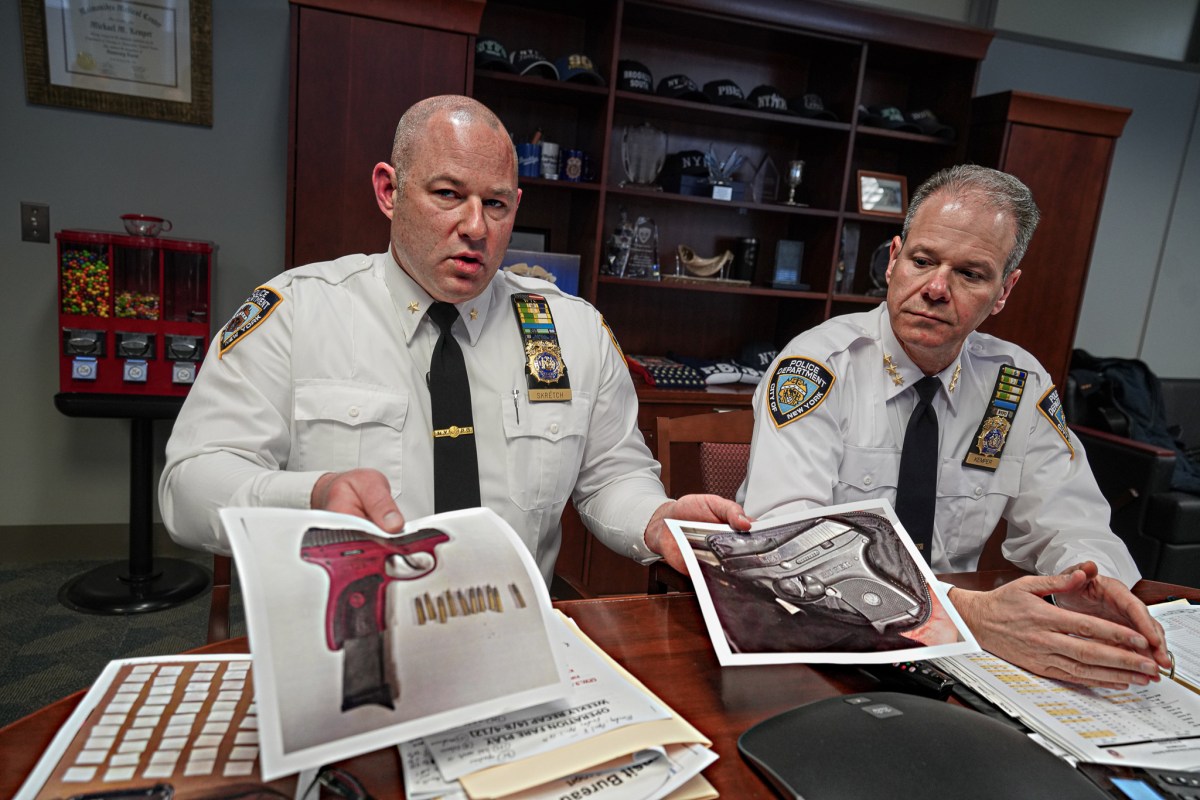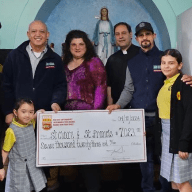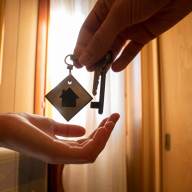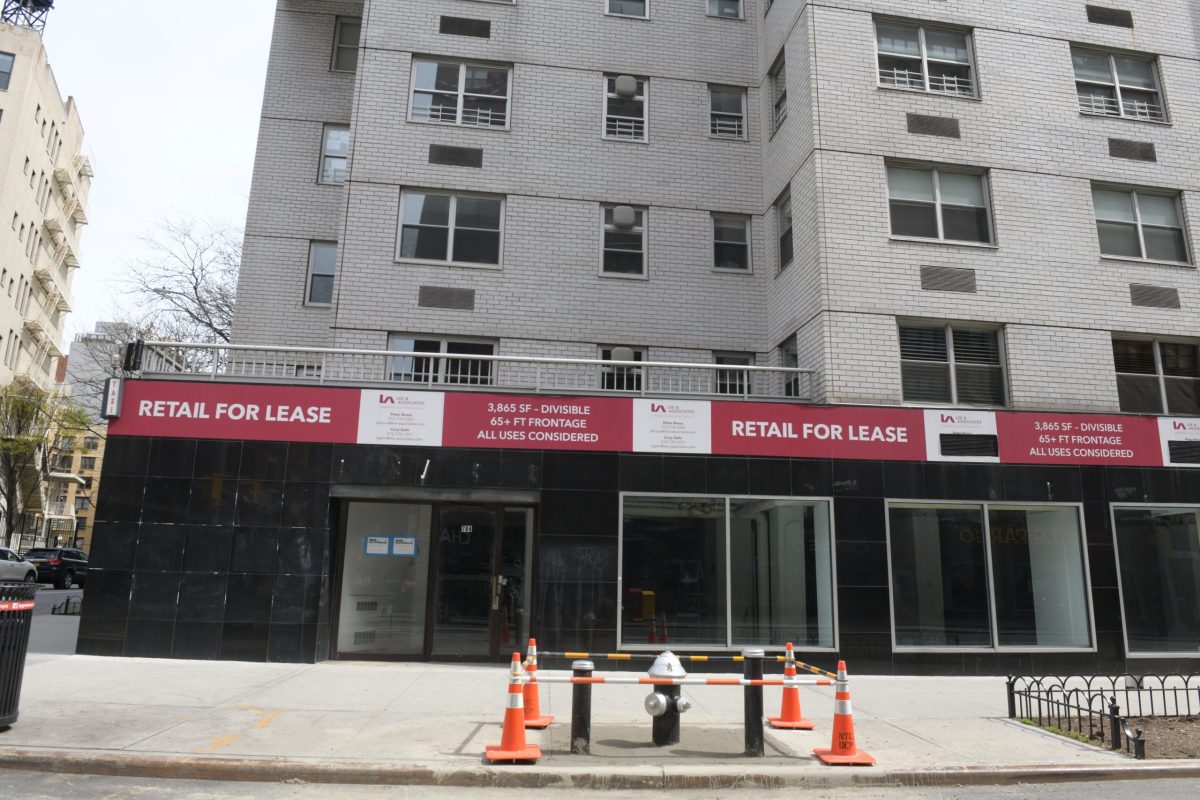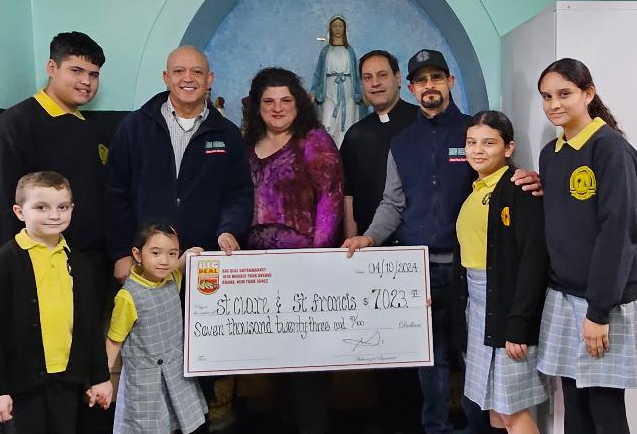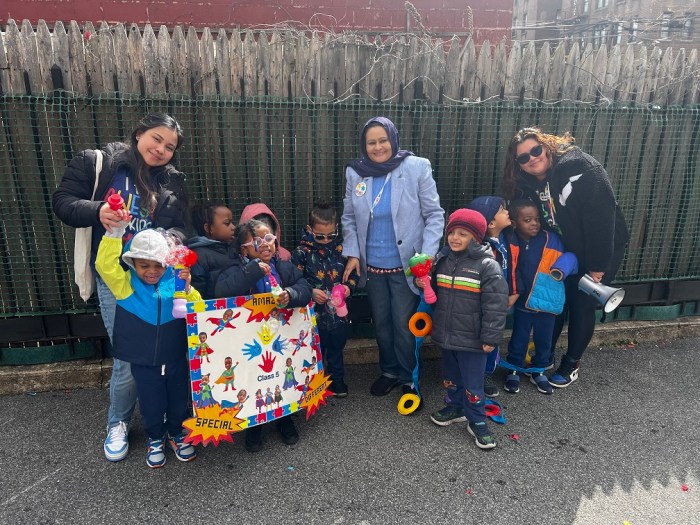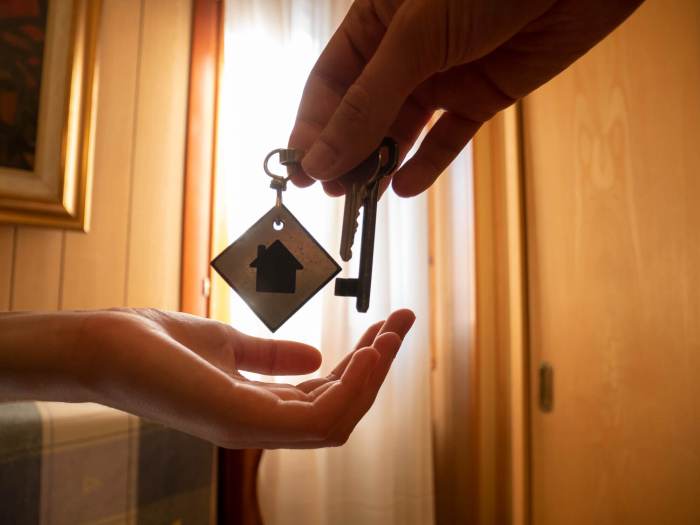While renovating the office of Borough President Ruben Diaz Jr. on Friday, August 6, a staff member made an astounding discovery.
What Barbara Baker found inside a filing cabinet was a large envelope containing hundreds of large old photographs, mostly dating from 1907 when the borough looked nothing like it does today.
“This is a hidden jewel, a historic moment,” said Diaz of the photo discovery. “To see that we have photos here of the actual foundations of this great borough is just wonderful.”
Lloyd Ultan, Bronx borough historian, said that the photos “document the time when the Bronx was rapidly changing from a rural society to an urban society. And that happened practically overnight.”
None of the pictures are labeled, and a number are difficult to identify, but many show the construction of what Ultan called “public improvements.” During the decade of 1900-1910, the time period the photos come from, the population of the Bronx doubled, according to Ultan. It went from 200,000 to over 400,000 in just 10 years. The reason for that was the first subway line, which came into the Bronx in 1905.
“Developers were buying up properties, and all the infrastructure had to be put into place,” Ultan said. “It was a different landscape completely. What we see in these pictures is not only building being done, but also an area that was not at all urban yet.”
Some of the photographs do reveal the construction of recognizable landmarks or structures — the construction of the Bronx Borough Courthouse, an underpass beneath the Grand Concourse at 175th Street, with farmland hugging the edges, and old Highbridge when it was 50 years old.
“You see the vehicles that carried the materials were wagons pulled by horses, that’s how long ago this was,” said Ultan.
We also see, in two photographs, construction of what Ultan called “the great wall of China,” a huge stone wall that carried the Grand Concourse over a drop in the ridge at 175th street.
The borough president’s office is now in the process of digitizing the photos.
“We are handing these over to the Bronx Historical Society so that they will be forever preserved,” said Diaz, “and made readily available so that future generations can know how the Bronx was built.”
Ultan, speaking like a true historian, put the importance of these relics in the context of education and knowing our roots. “How can you determine where you’re going,” he asked, “if you don’t know where you came from?”







